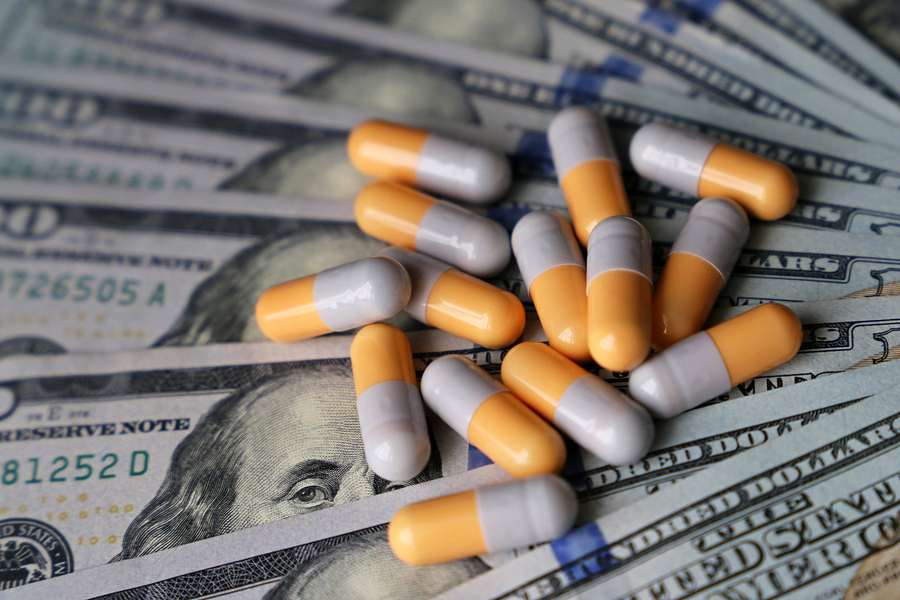The 340B Drug Pricing Program was created to benefit low-income and uninsured Americans. Over time, it has morphed into a federal subsidy for hospitals in affluent areas at the expense of patients and drug manufacturers. Instead of delivering low-cost medicine to those most in need, the program enriches the hospitals least in need of help. Only Congress can realign the program with its purpose: helping Americans who cannot afford their medicine.
The origin of the 340B program is rooted in the Medicaid Best Price Rule of 1990, which inadvertently ended charitable drug donations. The rule required manufacturers to charge Medicare the lowest price offered to any buyer, including charitable donations. Faced with the prospect of supplying Medicare at no charge, manufacturers withdrew their charitable efforts. In response, Congress instituted the 340B program two years later to provide discounted medicines to safety-net hospitals.
Thirty-three years later, many hospitals are expanding their pharmacies and 340B participation in affluent areas. Now the contract pharmacy can acquire medicines at a discount, despite the patient not qualifying. The patient is often left unaware, pays the full price, and the hospital pockets the difference, a process known as “spread pricing.” As a result, manufacturers are underpaid for their medicines, while the patients in the program see no savings.
Spread pricing comes with perverse incentives. If a drug costs $100 and an equivalent alternative drug costs only $10, hospitals make significantly more profit from the high-cost option when it is discounted through the 340B program. Hospitals are rewarded for choosing more expensive drugs that offer larger rebates, even when cheaper, equally effective options exist.
While pharmaceutical companies may not be universally sympathetic, the patients the program was intended to help are. As hospitals exploit the system, manufacturers have responded by limiting 340B sales — especially to contract pharmacies outside their hospitals — which some providers are still pushing back on. As with many disputes, the fallout lands on those least responsible: patients. When manufacturers pull back, it’s low-income patients who lose access to the discounts they were promised.
The abuse of the 340B system isn’t a fringe issue. By 2023, the program had grown to $66 billion. A major driver was a 2010 regulatory change that allowed hospitals to contract with an unlimited number of outside pharmacies. In the following decade, the number of contract pharmacies surged from 1,300 to 30,000, which was disproportionately concentrated in high-income areas that need the program least.
The 340B program has lost its focus. Rather than expanding healthcare to reach underserved patients, hospitals expanded in the opposite direction. Financially, this makes sense. Hospitals have a 72 percent profit on 340B drugs, far higher than drugs dispensed outside the 340B program. Meanwhile, hospitals serving truly low-income communities, such as rural emergency hospitals, struggle not to close while being excluded from the system.
Gaming of the 340B hospital system persists largely because of the program’s lack of transparency. That needs to change. Congress should require detailed reporting by hospitals and contract pharmacies on which patients’ medicine received discounts, how those patients qualified, the amount of the discount, what discount was passed to the patient/insurer, and if a less expensive alternative was available.
Congress should also raise the bar for contract pharmacies in affluent areas by limiting the number of affiliated pharmacies or the distance they can be from the hospital. At the same time, eligibility should be expanded to include rural emergency hospitals and other providers serving communities with low insurance rates.
For all its good intentions, the 340B program has become a disaster. As it has expanded into areas that never needed it, it has become impossible to distinguish legitimate aid from opportunistic profiteering. Without reform, hospitals will continue treating the 340B program as a revenue stream, manufacturers will continue to restrict access, and patients — the ones the program is supposed to be helping — will continue to suffer under high drug costs.


